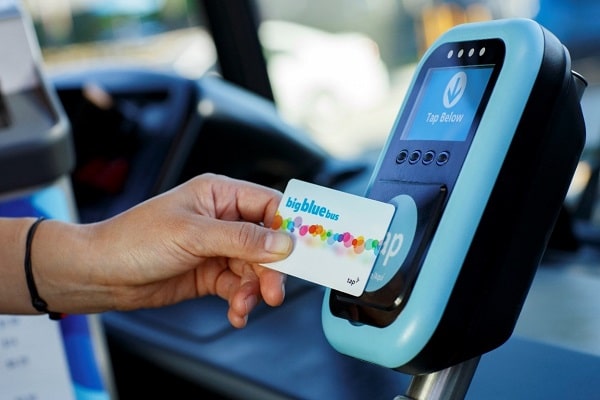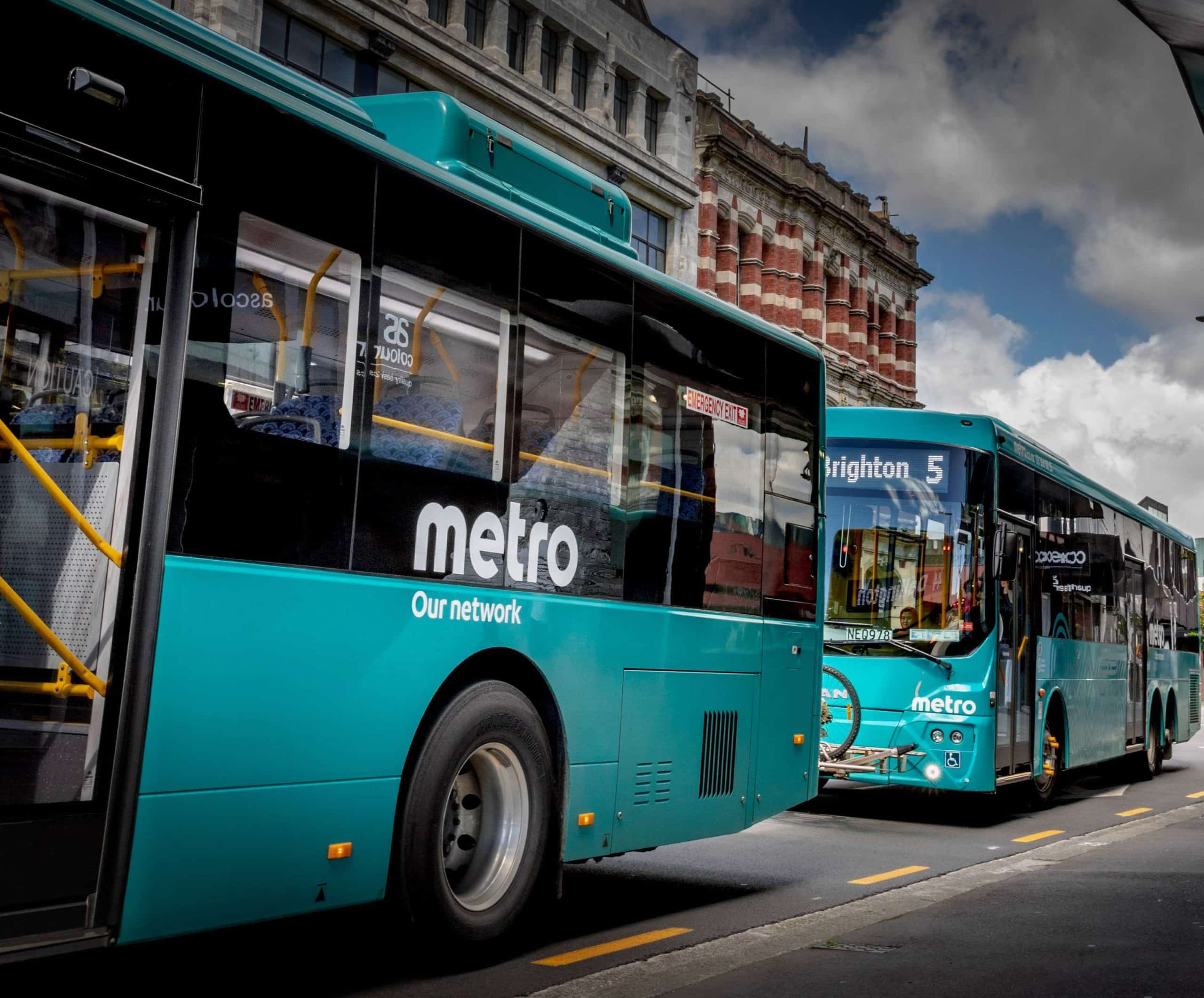
Santa Monica's Big Blue Bus is mainly relying on the TAP closed-loop contactless card to take the place of cash during its pilot.
Article Highlights
Key Takeaway:
Transit agencies in the U.S. are interested in going cashless on board their vehicles, though few have yet managed to carry out the feat.
Key Data:
In California alone, officials estimate the unbanked and underbanked combined make up as much as 30% of the state’s residents.
Organizations Mentioned:
• Greater Dayton RTA
• Big Blue Bus (Santa Monica)
• Masabi
• Token Transit
The Greater Dayton RTA, which this month stopped accepting paper passes and tickets, will hit its Nov. 1 deadline to go completely cashless on board its vehicles, an agency representative confirmed to Mobility Payments.
















